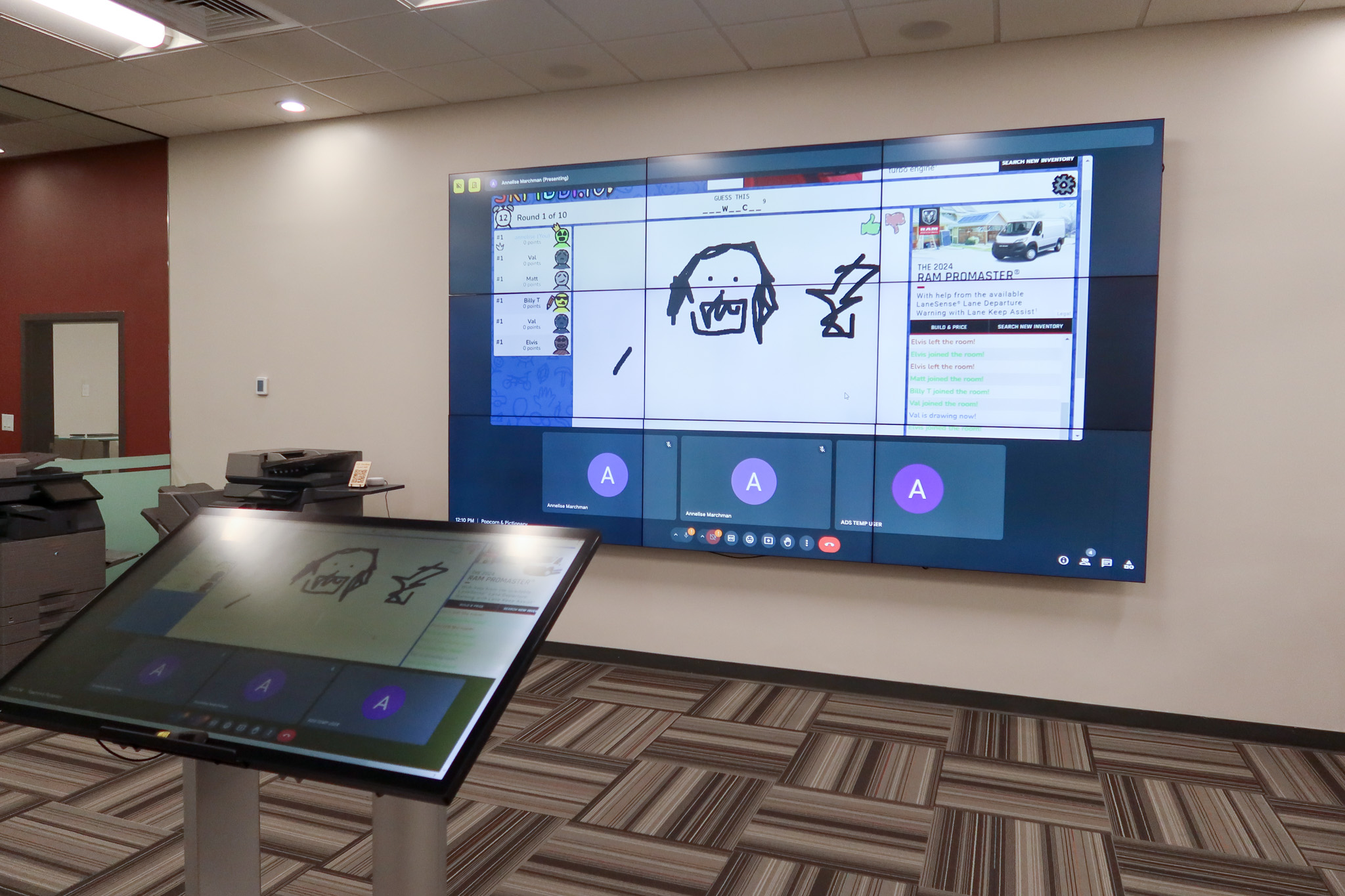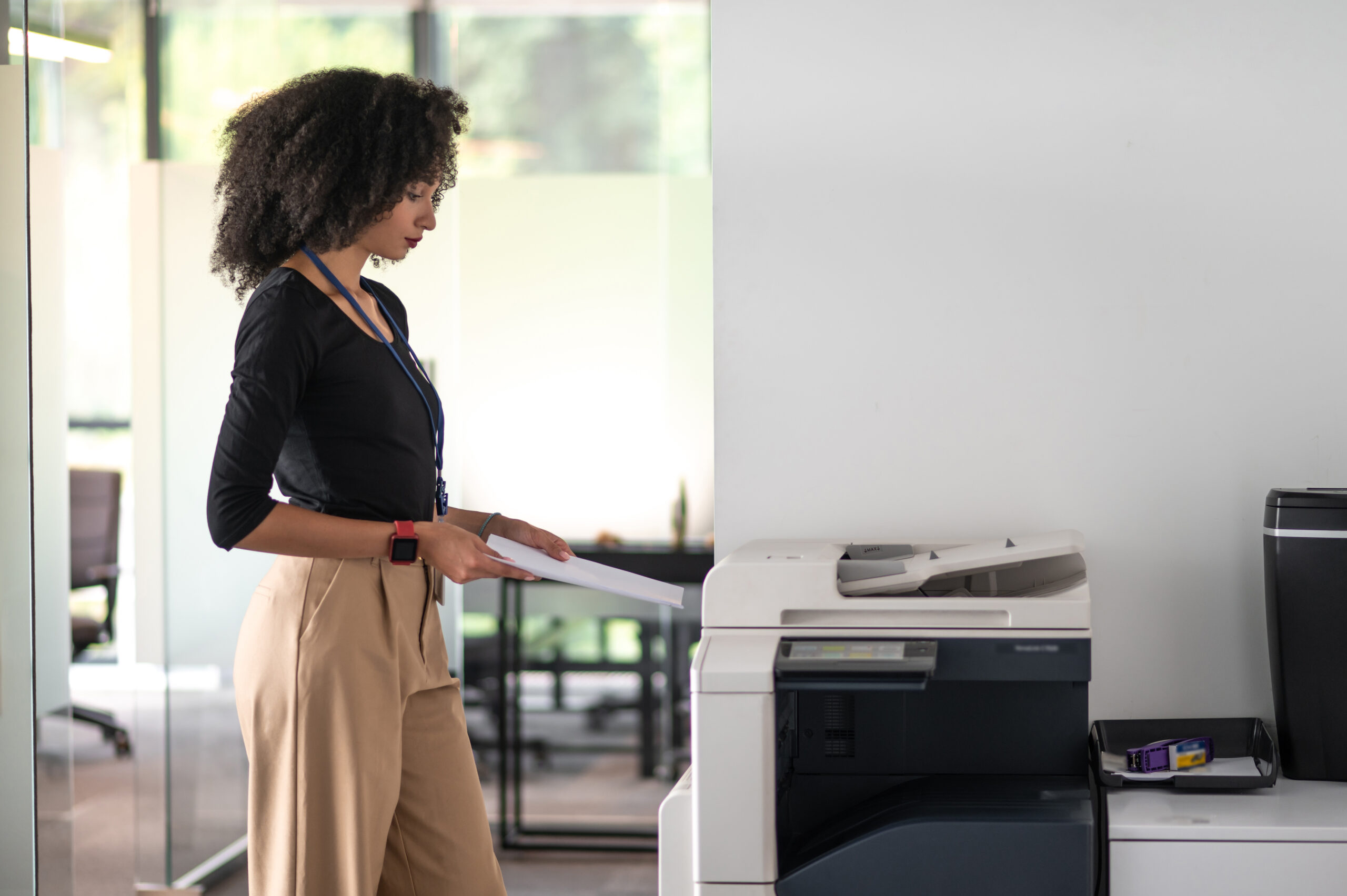Productive offices are ones that focus on tools, technology, and workflows. While these are important elements of productive workspaces, there is one thing that sometimes may get overlooked: the physical workspace. This is because the way your office is laid out can have a big impact on how you and your team work, collaborate, and even feel during the day. Considering we spend around 40 hours a week in the office, every design choice adds up.
Poor layouts can lead to distractions, wasted time, and bottlenecks. Everything from lighting and noise levels to desk placement can affect how well your team focuses and gets work done. Here are some tips to spot common productivity killers in your office, so whether you’re working from home, managing a team, or designing a new office space, you can create an environment that supports productivity.
1. Cramped Spaces and Crowded Desks
Your brain is constantly processing environmental cues, even when you’re not consciously aware of them. Cluttered spaces increase cortisol levels (your stress hormone), while organized environments promote clear thinking and decision-making. Tight work areas may feel cozy at first, but when employees are constantly bumping elbows or struggling to find room for their materials, it can cause stress and slow down work.
The fix doesn’t always require a full remodel. Start by rearranging desks to give everyone breathing room and clearing high-traffic areas so movement feels natural. Even small adjustments—like moving storage cabinets or opening up pathways—can transform the office into a space that feels calmer, more spacious, and easier to get work done in.
2. Noise and Distractions
Open offices may encourage collaboration, but they can also be a minefield of distractions. A quick chat across the room, a phone ringing, or even the constant hum of typing can easily pull someone out of focus. Over time, that stop-and-start rhythm drains energy and makes it harder for employees to stay productive.
To strike a balance, create designated quiet zones or “focus rooms” where team members can work without interruptions. Adding sound-absorbing panels, partitions, or even introducing a white-noise system can also make a big difference in reducing background noise. The goal isn’t to eliminate conversation—it’s to give people options for the kind of environment they need to do their best work.
3. Poorly Placed Shared Resources
Nothing slows a team down faster than constantly walking across the office to reach the printer, scanner, or supply cabinet. When shared tools aren’t placed strategically, those small trips add up—stealing valuable minutes from everyone’s day.
A simple fix is to position high-use resources in central, accessible locations so no one has to waste time on a scavenger hunt. Take note of how your team naturally moves through the office, and adjust placement to make their routines smoother. Even small changes, like relocating a supply cabinet or adding an extra printer, can make daily workflows more efficient.
4. Lack of Collaboration Areas
Collaboration fuels creativity and problem-solving, but it’s tough to work together if there’s no space designed for it. Without the proper setup, teams end up crowding around a desk, whispering in hallways, or competing for conference rooms that are booked weeks in advance.
Make collaboration easy by adding flexible spaces where small groups can meet on the fly. Think informal seating areas, standing-height tables, or small huddle rooms that don’t require reservations. Having dedicated spaces for quick brainstorming sessions or problem-solving keeps teamwork flowing without disrupting the rest of the office.
5. Lighting, Airflow, and Comfort
Even the most well-designed office layout falls short if employees aren’t comfortable. Harsh lighting, poor air circulation, or stiff chairs may seem minor, but over time, they take a serious toll on focus, mood, and energy.
Prioritize comfort by maximizing natural light whenever possible, and add adjustable task lighting at individual workstations. Keep the air fresh with good ventilation or air purifiers, and invest in ergonomic chairs and desks that support healthy posture. When employees feel physically at ease, they’re able to stay focused longer, think more clearly, and bring their best energy to the workday.
Quick Changes That Make a Difference
Monitor positioning: Your screen should be an arm’s length away, with the top of the monitor at or slightly below eye level. This prevents neck strain and reduces fatigue.
Keyboard and mouse placement: Keep them at the same level as your elbows when your arms are relaxed at your sides. This simple adjustment can prevent repetitive strain injuries.
Cable management: Tangled cables aren’t just unsightly—they’re safety hazards and productivity killers. Use cable trays, clips, and wireless options when possible.
Power accessibility: Ensure everyone has easy access to power outlets without daisy-chaining extension cords.
Create Zones for Different Types of Work
Even in a small space, you can create psychological zones:
Focus zone: This is your deep work area. Minimize distractions here. Face away from high-traffic areas if possible.
Collaboration zone: Designate a space for meetings and brainstorming sessions. This could be as simple as a small table with comfortable chairs.
Recharge zone: Everyone needs a place to decompress. This might be a comfortable chair by a window or a small area with plants.
Making Changes on Any Budget
You don’t need a complete office overhaul to see results:
Rearrange existing furniture: Sometimes the best layout is just a few moves away.
Implement organization systems: Consistent filing and storage systems cost almost nothing but deliver huge returns.
Establish quiet hours: Designate specific times when interruptions are minimized.
Create informal meeting spaces: Repurpose unused corners or hallways for casual conversations.
Continuous Improvement
Office optimization isn’t a one-and-done project. Work patterns change, teams grow, and technology evolves. Remember, the goal isn’t to create a perfect space; it’s to create a space that works for the people using it. Address one issue at a time and measure the results. What matters most is that your environment supports your team’s ability to do their best work.



